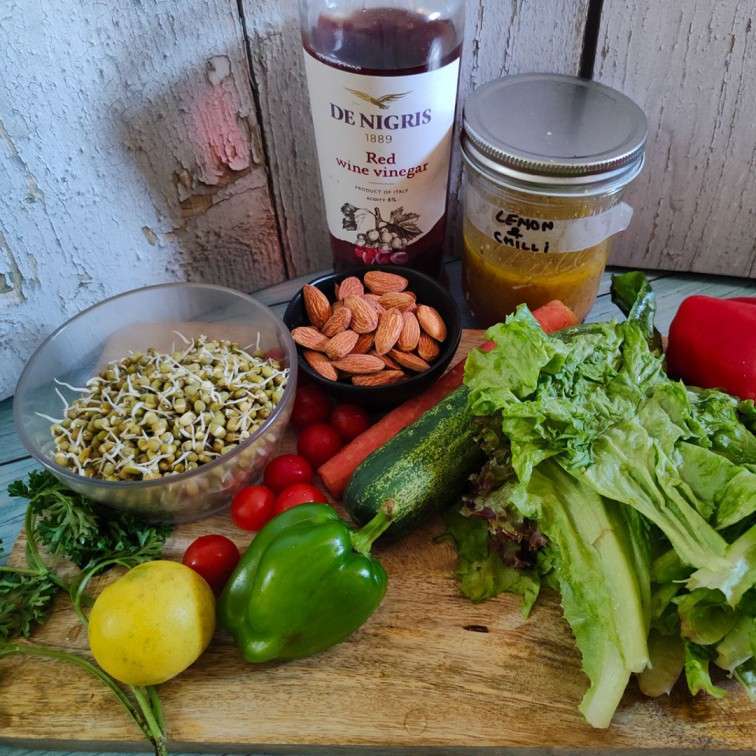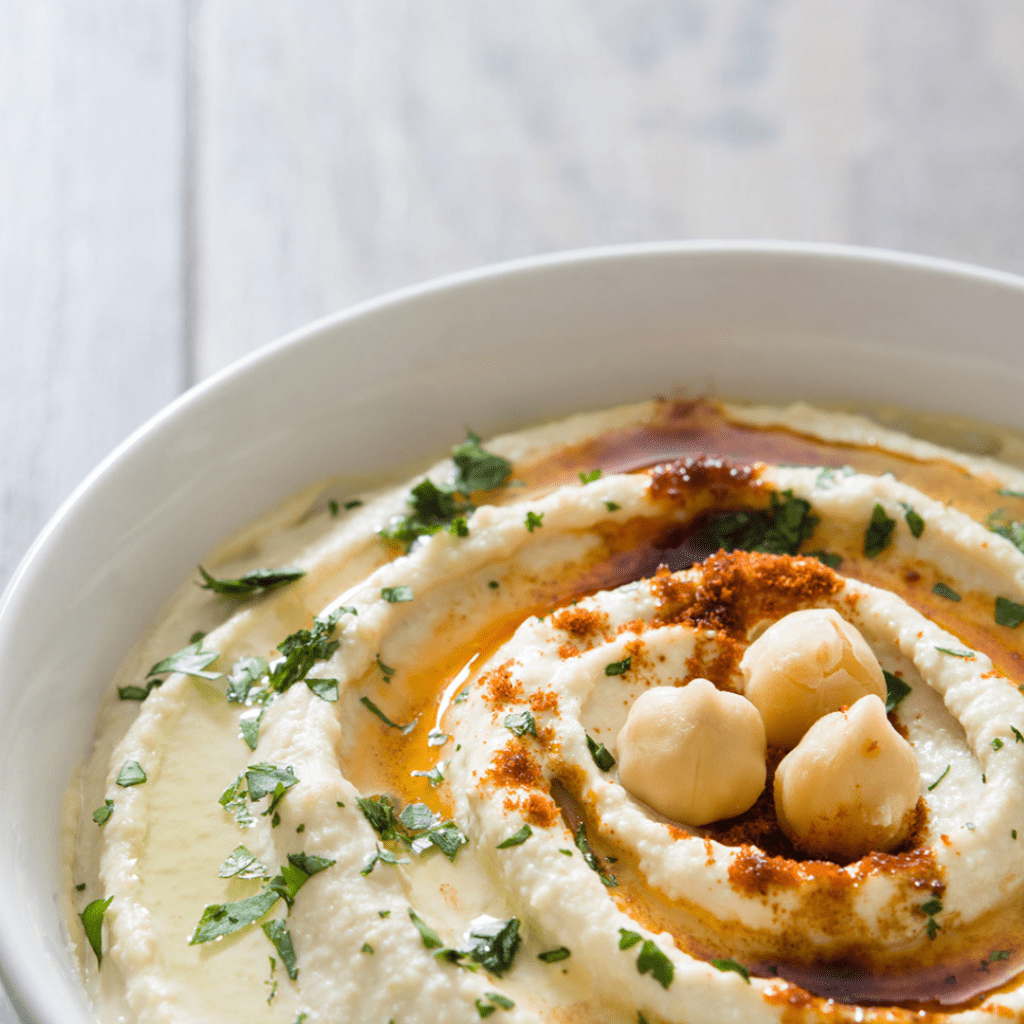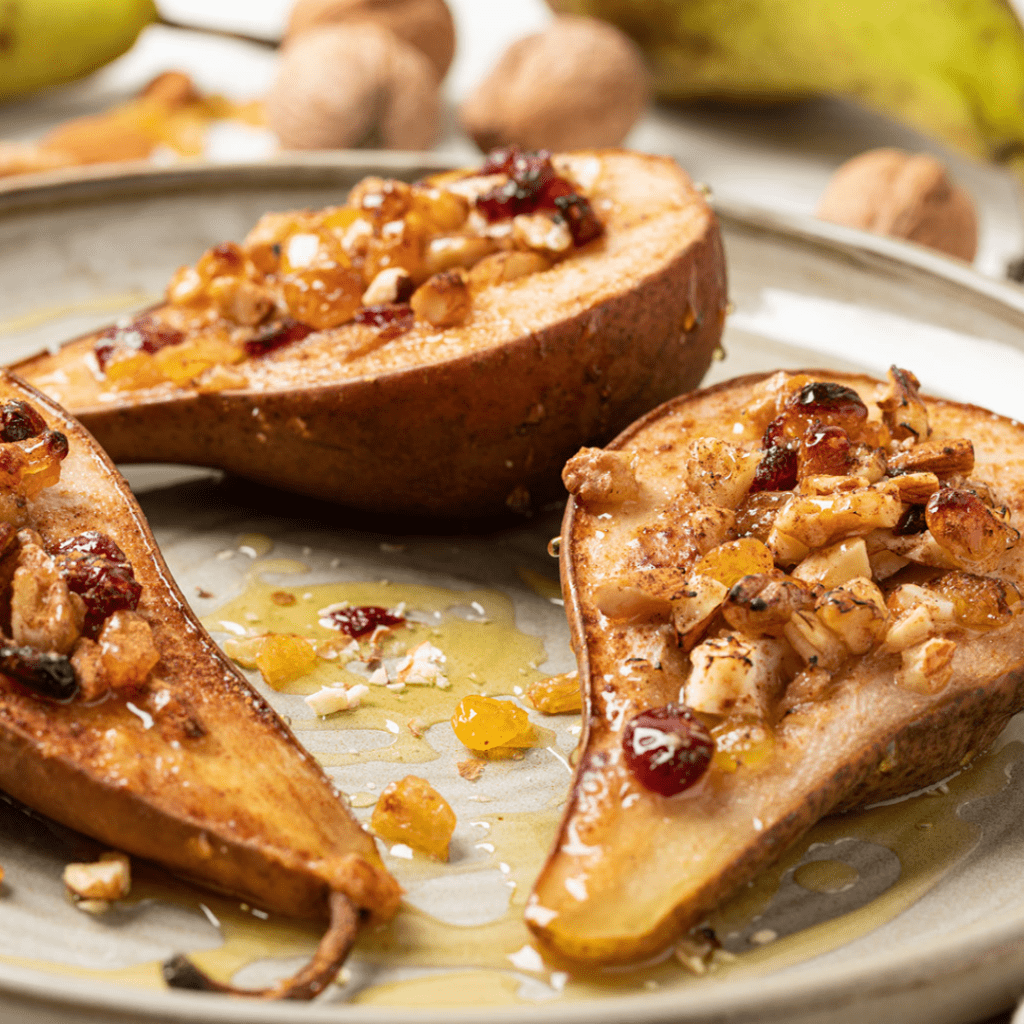A variety of systemic diseases, including diabetes, hypertension, and cholesterol, among others, have an effect on the eyes. These problems need a change in lifestyle, with a balanced diet being essential.
Preserving general health is essential for maintaining eye health.
According to research, a healthy diet can help prevent or delay the onset of a variety of eye problems such as diabetic retinopathy, macular degeneration, and cataracts.
The WHO emphasises the importance of educating consumers about healthy foods and meals. Thus, there is a need for educational policies and initiatives that motivate people of all ages to adopt and maintain a healthy diet while also teaching them the negative effects of junk food.
WHAT IS A HEALTHY DIET?
A healthy diet for adults specifically is explained as the one with
- Atleast 400gm of fresh, local and seasonal fruits and vegetables per day (5 portions).
- Total fat content <30% of their total calorie intake. Unsaturated fats is preferred. It is suggested that the intake of saturated fats be reduced to less than 10% of total energy intake and trans-fats to less than 1% of total energy intake.
- Cooking with steam or boiling as opposed to frying.
- Sugar intake <10% of total calorie consumption which is equivalent to 50 g (or about 12 level teaspoons) for a person of healthy body weight consuming about 2000 calories per day, but ideally is less than 5% of total energy intake for additional health benefits
- Less than 5g salt. (equivalent to about one teaspoon) per day. Salt should be iodized.
BENEFITS OF A HEALTHY DIET
- Prevention of unhealthy weight gain
- Lowers the risk of getting non-communicable diseases (NCDs), such diabetes, high blood pressure, and high cholesterol, as well as their associated morbidities, like heart attack, obesity, and multiple organ failure.
- A well-balanced diet has everything for maintaining healthy vision including antioxidants such as Vitamin A, C, E, Beta carotene, zinc, and omega 3 fatty acid. These help prevent eye diseases such as AMD, DR, and dry eyes, and even delay the onset of cataracts.
- Improved immunity and longevity.
Practical advice on maintaining a healthy diet
1. Fruit and vegetables
- Food rich in vitamins and minerals not only promotes eye health but also promotes overall health. A healthy diet should include fruits, vegetables, nuts, and seeds.
- Our tip: Vegetables can easily be incorporated into your daily diet through salads. It can be served as an appetizer, a side dish, or even as a full meal. It can be shaped as you desire. You can spice things up a little and add your favorite dressing. If you are preparing a meal, include protein such as quinoa, sprouts, or tofu.
High protein Salad
Protein
- 1 cup sprouts
Veggies and other ingrediants

- 1/4 cup lettuce leaves
- 1/4 cup chopped mint
- 1/4 cup Parsley
- 1/2 cup chopped yellow bell pepper
- 1/2 cup chopped red bell pepper
- 1 carrot
- 5-6 cherry tomatoes
- 1 1/2 cup cucumber cubed
- 1/4 cup olives
- 1/4 cup pumpkin seeds
- 1/4 cup chopped almonds
- 1/4 tsp olive oil
- 1/2 tsp sea salt
Lemon chilli Dressing
- 2 tbsp lemon juice or 3 lemons
- 1 1/2 tsp dijon mustard
- 1/2 cup olive oil
- ¼ cup red wine vinegar
- 1/2 tsp dried oregano
- 1/2 tsp dried basil
- ½ tsp chilli flakes
- 3/4 tsp sea salt
- 1/2 tsp ground black pepper
- 1 1/2 tbsp maple syrup
Method:
1. Chop all of the vegetables.
2. Heat some oil in a pan and toss the seeds and almonds until crispy. Allow them to cool.
3. To make the dressing, combine all of the ingredients in a jar and shake vigorously.
4. Place in a bowl the vegetables, sprouts, dressing, toasted seeds, and nuts, and mix well.
5. Add the dressing to the vegetable mix and your protein rich vegetable salad is ready.
Fats
- You can lessen your intake of fat, particularly saturated fat and trans-fats from industrial sources, by cooking with steam or boiling rather than frying, using less butter, lard, and ghee; including oils high in polyunsaturated fats like soybean, canola (rapeseed), corn, safflower, and sunflower oils, and consuming reduced-fat dairy products and lean meats.
- Our tip: Hummus is one of the best ways to incorporate healthy fats into your diet which is a part of the very healthy Mediterranean diet.
- The main ingredients are cooked chickpeas, lemon juice, garlic, olive oil, and tahini or sesame paste.
- Hummus is a superfood because it contains a lot of nutrients and is also high in protein, good fats, and carbohydrates. Hummus’s heart-healthy lipids from sesame and olive oil help you feel satisfied for longer.
- Due to its high fiber content, it also helps you maintain control over your weight while regulating your blood pressure, blood sugar, and other conditions.
- Hummus has a lot of advantages for one’s health. The primary ingredient, chickpeas, is abundant in minerals like calcium, magnesium, phosphorus, zinc, iron, and others as well as vitamin B.
- You can use a few tablespoons of hummus to spread on bread or as a dip for carrot, cucumber, or bell pepper sticks.
- Even though two tablespoons of hummus only contain 50 calories, be careful not to overindulge.
Hummus

Ingredients:
- 1 cup chickpeas
- 1 lemon
- 3 tbs tahini (read below)
- 3-4 small garlic cloves
- 1/4 cup olive oil
- 1 tsp ground cumin
- Paprika
Tahini
- Roast 1/4 cup sesame seed
- Cool it and put in in the food processor along with 1-2 tbs of extra virgin olive oil.
- Blend it and you have your own homemade tahini.
Cook the chickpeas
1. Take about one cup of chickpeas and soak it overnight.
2. Drain the water and wash it nicely
3. Pressure cook it in 1.5 cups water for 4-5 whistles
4. Check if its completely cooked
5. You can remove the skin of the chickpeas if you want extra smooth hummus.
Method:
- In your food processor add tahini and lemon juice and blend it for a minute.
- Keep scrapping the walls of your blender to get it all in.
- Now add olive oil, garlic, cumin and salt. Blend it again for a minute.
- Lastly goes the chickpeas into the blender.
- Add water one tablespoon at a time to adjust the consistency. Don’t make the hummus runny. It should be smooth and firm.
- Adjust the taste by adding more salt or paprika.
- Enjoy with pita bread/falafel/cucumber/salad etc
Salt, sodium and potassium
- The majority of people don’t get enough potassium and consume too much sodium through salt (9–12 g on average per day), which raises the risk of hypertension, heart disease, and stroke.
Every year, 1.7 million deaths could be avoided if salt consumption was reduced to the recommended level of less than 5 g per day. Many times, people are unaware of how much salt they eat.
Salt consumption can be decreased by: - reducing the use of salt and high-sodium seasonings (such as soy sauce, fish sauce, and bouillon) when preparing and cooking food,
- avoiding the presence of salt and high-sodium sauces on the table,
- consuming fewer salty snacks, and
- opting for goods with lower sodium contents.
Potassium can mitigate the negative effects of elevated sodium consumption on blood pressure. Intake of potassium can be increased by consuming fresh fruit and vegetables.
The doctor may prescribe an acetazolamide tablet to glaucoma patients with elevated IOP. The drug can cause a drop in blood potassium, which causes symptoms like weakness, numbness, exhaustion, and even palpitations.
Therefore, the potassium level must be monitored, and patients are advised to have potassium-rich foods.
Our tip: Include foods like avocados, bananas, coconut water, etc, to make up for any lost potassium.
AVOCADOS
About 364 milligrammes of potassium are present in a half-cup serving of creamy avocado. In contrast, a 100g banana contains about 358 mg of potassium. Coconut water contains about 250 mg of potassium per 100g. For adults, however, it is believed that 1600 to 2000 mg per day is sufficient.
Other benefits of avocados:
- Even though one avocado has around 260 calories but most of it comes from healthy fats, these are monounsaturated fatty acids.
- The fats in Avocados help absorb fat-soluble vitamins such as A, D, E and K. So they help with nutrient absorption too.
- Avocados are rich in vitamins K, C, E, B5, B6, and B9 or folate and minerals like potassium, and small amounts of magnesium, copper, iron etc.
- It also has a high fibre content which helps in reducing cholesterol. Since it is high in good fats, it is satiating and keeps us feeling full for a long time.
- Guacamole is an amazing healthy and tasty recipe from these butter fruits.
Guacamole
Ingredients:
- 2 avocados – peeled, pitted, and mashed
- 4 TSP lime juice
- ½ cup chopped onion
- 1/2 cup chopped tomatoes
- 3 tablespoons chopped parsley/ coriander
- 1 teaspoon minced garlic (optional)
- 3 tsp olive oil (optional)
- a pinch of salt and ground pepper to taste
Method:
1. Peel the ripe avocados remove their seeds and mash them in a bowl.
2. Squeeze one lemon in it and mix
3. Fine chop your onions, tomatoes and parsley/coriander and mince the garlic.
4. Add in the chopped veggies, minced garlic and olive oil in the avocado-lime bowl.
5. Add salt and pepper to taste and mix.
6. Garnish with parsley and cherry tomatoes
COCONUT WATER ORANGE COOLER:
Coconut water orange cooler is the next item on our list. It combines the goodness of oranges, which are tangy and full of vitamin C, with the goodness of coconut water, a great source of potassium.
Ingredients:
- 1 cup coconut water
- 1 cup of freshly squeezed orange juice
- A pinch of sea salt
- Sugar (optional) to taste
Method:
- In a tumbler put all the ingredients together
- Give it a nice stir
- Garnish with a wedge of orange if you like.
- Drop in some ice cubes
Sugars
Free sugar consumption should be decreased in both adults and children to less than 10% of total calorie intake. Sugar consumption can be decreased by:
- Consuming fewer high-sugar foods and beverages, such as sugary snacks, candies, and sugar-sweetened drinks and
- Eating fresh fruit and raw vegetables.
DARK CHOCOLATE POMEGRANATE BARS
Dark chocolate is known to be a superfood with high level of antioxidants. They are good for the heart, and blood vessels, and even aid in weight loss (provided your dark chocolate is less sugary and more cocoa buttery)
Pomegranate is rich in dietary fiber, vitamin C, K, folate, etc. They have unique compounds that make them anti-inflammatory and can be helpful against certain cancers like prostate cancer and breast cancer. They are also good for the heart and bones.
Check the ingredients in the chocolate before. Avoid hydrogenated oil or fat and instead opt for a product with cocoa butter. While cocoa butter is healthy because it is high in good fats and antioxidants, hydrogenated oil has bad cholesterol.
INGREDIENTS
- 1 cup pomegranate arils
- 1 cup or 140 grams dark chocolate chunks or chopped chocolate (preferably more than 60% and sugar free)
- 1 tsp coconut oil (optional)
- A pinch of sea salt
METHOD
1. Line a baking sheet with parchment paper or foil and set it aside.
2. Melt the chocolate either in the microwave or on the stove using the double boiler method.
3. Add pomegranate arils to the melted chocolate.
4. Pour the chocolate mixture onto the baking tray with parchment paper.
5. Place it into the refrigerator and chill for at least an hour
6. Break the bark carefully.
Quick tip: with the same ingredients except for pomegranate arils you can add nuts such as almonds, cashews, pista etc and make nutty barks.
Baked pear with roasted walnut and cinnamon
Pears are very nutrient-dense and high in fiber, which helps to support gut health. They are also very high in antioxidants. Additionally, it aids in lowering cholesterol and blood sugar.
Walnuts are a good source of plant-based omega-3 fatty acids, which support heart health and have positive effects on blood pressure, blood sugar, eyes, and skin due to their high vitamin E and other antioxidant content.

INGREDIENTS
4 ripe pears preferably large
1/2 cup walnut
1 tbs Maple syrup or to taste
2 tsp ground Cinnamon
METHOD
1. Preheat the oven to 350°F (180°C).
2. Slice pears in half, cut a small sliver off the underside so that the pears lay flat on the baking tray.
3. Scoop out the seed and core using a spoon, making pits in the middle.
4. Arrange your pears, facing up, on the baking tray.
5. Fill up the pits with chopped walnuts and sprinkle some cinnamon over it.
6. Drizzle with maple syrup.
7. Bake pears for about 25-40 minutes at 350°F(180°c) until they are soft and tender when pierced by knife. This depends on the size and ripeness of the pears. The more ripe it is, the lesser time it takes to cook.
8. Remove the tray from the oven and serve warm.
QUICK SUMMARY:
It’s not always easy to maintain a healthy diet. The majority of people mistakenly believe that all they need to do to maintain a healthy diet is steer clear of junk food and consume plenty of fruits and vegetables. It’s crucial to consider the sort of oil you use, how much salt you add, and the best techniques when cooking to extract the most nutrients from the meal. Without having to give up flavor, cooking all of your meals with a few small changes can make them good for your eyes and general health.
